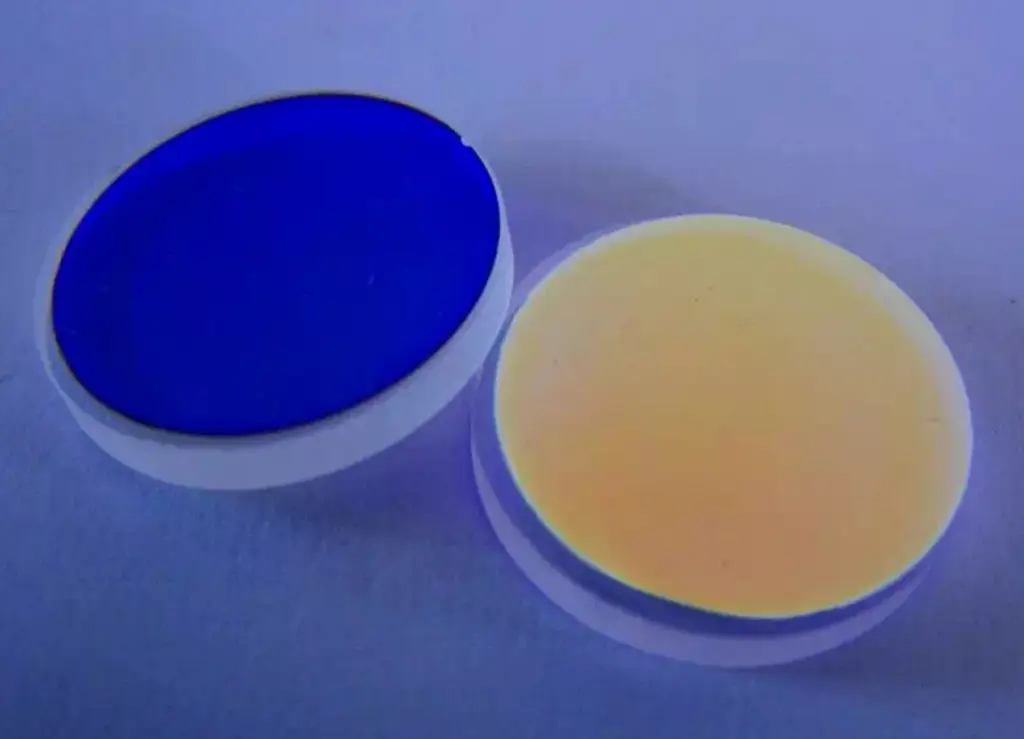In bio imaging system, it is common to see cone angle reported as an AOI (angle of incidence) range instead of in terms of CHA (cone half angle) or f-number, but the effects of AOI and CHA differ, so they should be stated as separate parameters. This article will share what is cone half angle or Angle of incidence ( AOI) and why they are important in bio fluorescent imaging system.

Cone half angle describes the extent to which an incident beam is converging or diverging. It is defined as the angle between the AOI (angle of incidence) of the incident beam and the most oblique marginal ray (Figures a-c). Therefore, a 0˚ CHA is synonymous with collimated light, and larger cone half angles designate a pronounced convergent or divergent beam.

Diagrams showing uncollimated light and cone half angle for (a) an optical filter at 0° AOI (b) a dichroic filter at 45° AOI, and (c) a high-reflectivity mirror at 45° AOI (angle of incidence). Both numerical aperture (NA) and f-number (F#) are alternate properties used to describe the cone of a beam. The following formulas derived using Abbe’s Sine Condition relate CHA and f-number:

Where:
θ = half cone angle
n = refractive index of incident medium ( nair≈1 )
F# = f-number
Like increasing AOI (angle of incidence), increasing CHA values result in a blue shift of interference filter spectra. However, because cone angle essentially represents an average of many angles of incidence, the spectral shift due to CHA is less dramatic than the shift due to tilt. The averaging effect also results in filter edges that become less steep as CHA increases. Bandpass filters, for example, will exhibit a cone shaped passband with a large CHA instead of the square spectral shape seen with collimated light. The effect of CHA is especially apparent for narrowband and ultra-narrow bandpass filters, which show decreased transmission even when Cone half angle is relatively small.

Graph demonstrating the effect of differing cone half angle values on optical filter transmission spectra. Theory data for a narrowband filter is shown at 0° AOI (angle of incidence) with average polarization
Shapeoptics’s team of experts has delivered key innovations to the field of optical thin-films. In addition to designing and constructing all of our own custom optical thin-film coating equipment, we invented a novel plasma deposition coating process that both increases the performance of our optical filters and decreases the time it takes to produce them.



